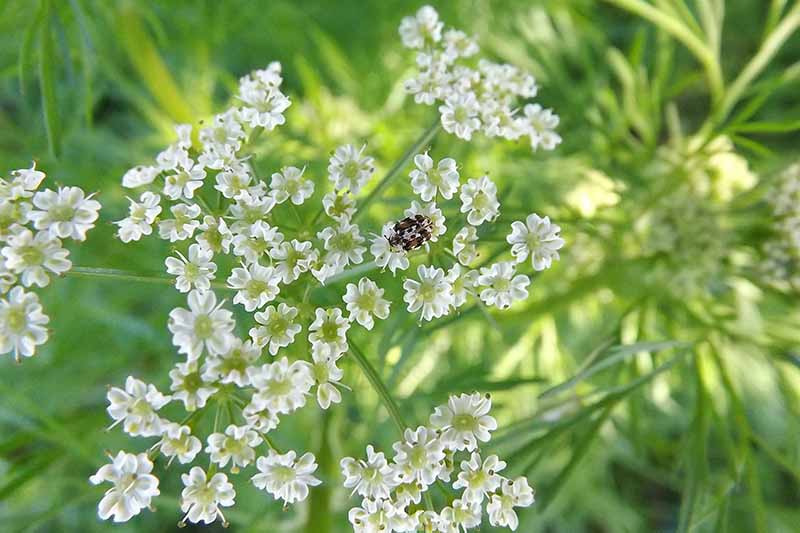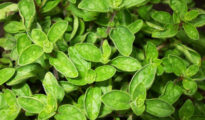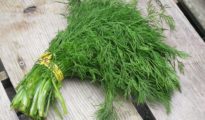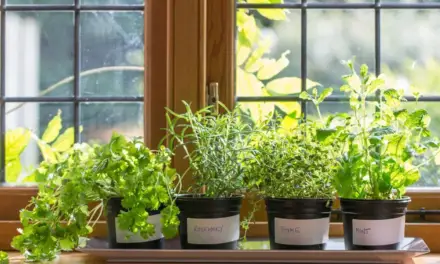Cumin is a popular spice with a pungent flavor and aroma that's used widely across the globe. Growing your own cumin at home provides fresh ingredients for your culinary adventures, plus, it's a fun and rewarding hobby. Let's dive into everything you need to know about cultivating this distinctive spice in your own garden or windowsill.

Introduction to Cumin
Before embarking on your cumin-growing journey, it's helpful to know a bit about the plant itself. Cumin (Cuminum cyminum) is a small, annual herb that's a part of the parsley family. Native to the eastern Mediterranean region to East India, it's been cultivated for thousands of years. The seeds are what we commonly refer to as “cumin,” but the plant also bears tiny, white or pink flowers.
Benefits of Cumin
Not only does cumin add a punch of flavor to dishes, but it also boasts several health benefits:
- Digestive Aid: Cumin has been known to assist with digestion and may help with symptoms of irritable bowel syndrome.
- Rich in Antioxidants: The seeds contain a wealth of antioxidants, which can help to fight free radicals and reduce inflammation.
- Boosts Immune System: Cumin is packed with iron, which helps to boost the immune system.
- Promotes Weight Loss: Some research suggests that cumin could help with weight loss and fat reduction.
How to Grow Cumin at Home
Cumin requires a long, hot growing season to flourish. Here's how to start your own cumin garden:
1. Seed Selection and Preparation: Purchase cumin seeds from a reliable supplier. Soak the seeds in water for around eight hours before planting to enhance germination.
2. Planting: In a pot or in your garden, plant the seeds about 1/4-inch deep and 4 inches apart. They prefer a sunny location and well-draining, sandy or loamy soil with a pH between 6.0 and 7.0.
3. Germination: Cumin seeds typically germinate in one to two weeks, given temperatures of around 60-75°F (15-24°C).
Caring for Cumin Plants
Once your cumin plants have germinated, they need regular care to ensure they mature successfully.
1. Watering: Cumin prefers dry conditions, so be careful not to overwater. Allow the soil to dry out between waterings.
2. Fertilizing: Feed your cumin plants once a month with a balanced organic fertilizer.
3. Weeding: Keep the area around your cumin plants free from weeds, which can compete for resources.
4. Harvesting: You can start harvesting the cumin seeds about 120 days after planting, once the plants have flowered and the seeds have turned brown.
Pest and Disease Management
Cumin is generally hardy and resistant to pests and diseases, but you should still keep an eye out for any potential problems. Common issues include aphids and powdery mildew. Neem oil can be effective against both.
The History of Cumin Cultivation
Cumin has a rich and ancient history. It's mentioned in both the Old Testament and ancient Egyptian medical texts, demonstrating its long-standing value as a culinary and medicinal plant. Cumin was one of the first spices to be traded between the Mediterranean and Asia, and its cultivation spread across various cultures and regions over time.
Today, the largest producer of cumin is India, followed by other countries like China, Mexico, and Iran. However, with this guide, you too can become a producer of your own home-grown cumin!
Conclusion: Growing Cumin at Home
Growing cumin at home is a rewarding endeavor. Not only does it add a vibrant flavor to your cooking, but it also offers numerous health benefits. Despite its exotic origins, it's relatively easy to grow in a variety of climates with proper care. So why not give it a try and start enjoying fresh, home-grown cumin in your meals today?



















